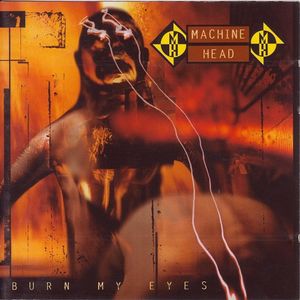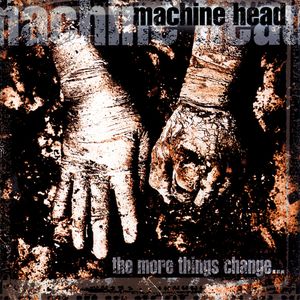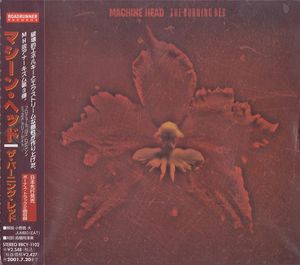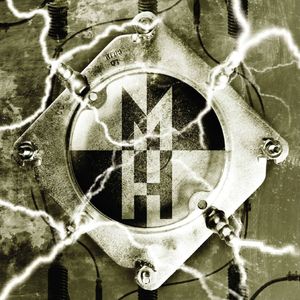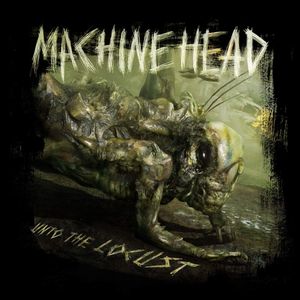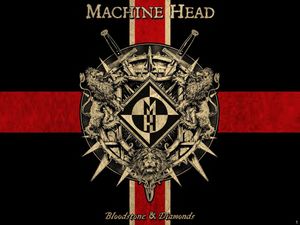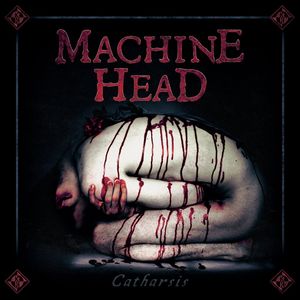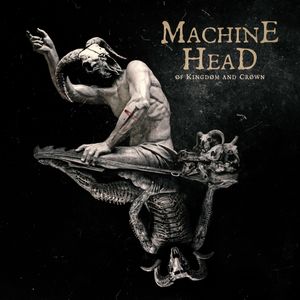
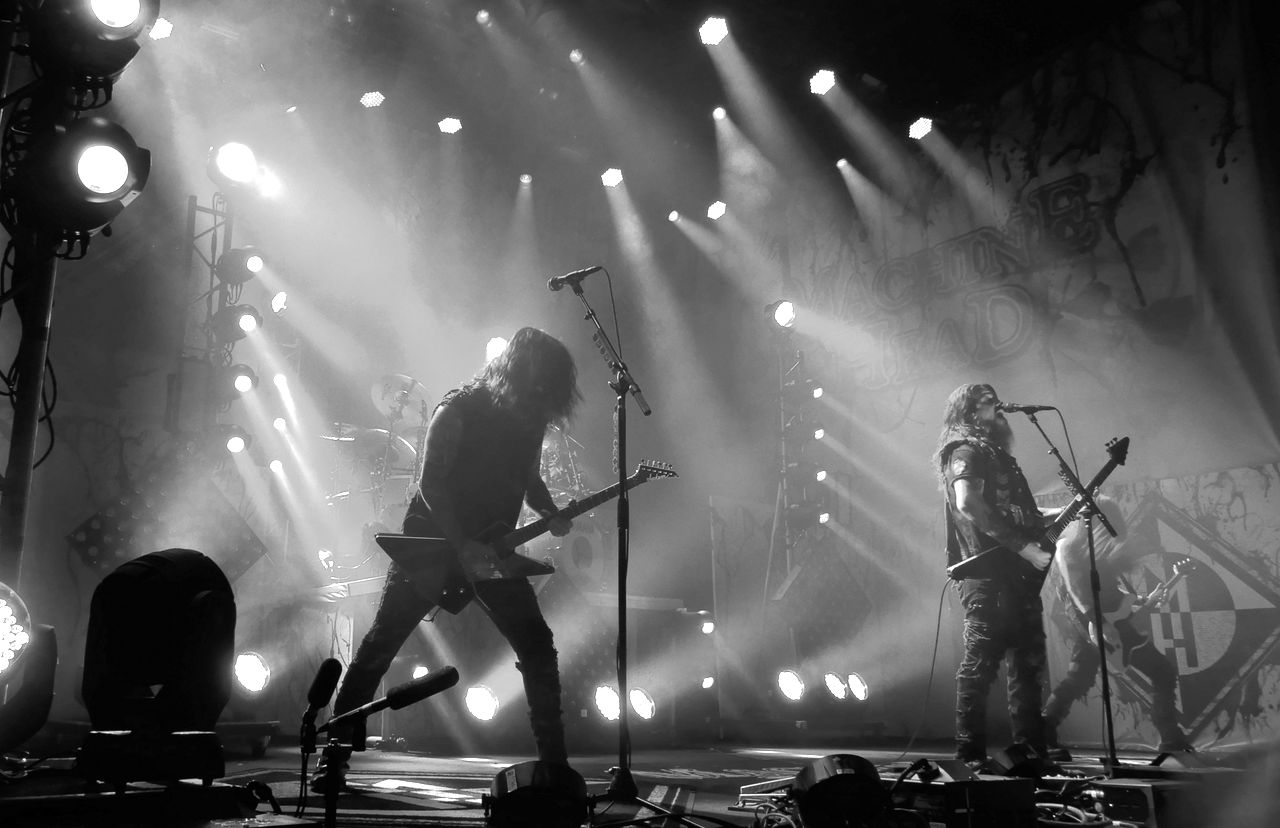
Follow Your Favorite Band Today!
Top Machine Head Community Posts
Band Timeline
Formation of Machine Head
Debut Album 'Burn My Eyes' Released
Second Album 'The More Things Change...'' Released
'The Burning Red' Marks a Stylistic Shift
Controversy Following 'Supercharger' Release
Recovery and Return with 'Through the Ashes of Empires'
Critical Acclaim for 'The Blackening'
Continued Success with 'Unto the Locust' and 'Bloodstone & Diamonds'
Experimentation with Nu Metal on 'Catharsis'
Return to Roots and Conceptual Approach in 'Of Kingdom and Crown'
Latest Release 'Unatoned'
Albums
Members
Current
Jared MacEachern
Robert Flynn
Guitar
Lead vocals
History
Adam Duce
Background vocals
Bass guitar
Dave McClain
Drums (drum set)
Phil Demmel
Guitar
Background vocals
Ahrue Luster
Guitar
Background vocals
Chris Kontos
Drums (drum set)
Tony Costanza
Drums (drum set)
Logan Mader
Guitar
Background vocals
Story of Machine Head
Machine Head: A Heavy Metal Journey From Oakland to the World
Hailing from the gritty streets of Oakland, California, Machine Head emerged in 1991 as a force of raw, aggressive heavy metal. The brainchild of vocalist/rhythm guitarist Robb Flynn, the band has remained a cornerstone of the genre, pioneering the new wave of American heavy metal with their ferocious musicianship.
Their early albums, steeped in groove and nu metal influences, garnered a passionate fan base in Europe, laying the foundation for their future success. While their initial US breakthrough was yet to come, their fourth record, "Supercharger" (2001), sparked controversy. Released amidst the fallout of the September 11 attacks, the album's lead single "Crashing Around You" and its music video featuring burning buildings were pulled from media outlets, throwing the band into a whirlwind of negativity. This unfortunate turn of events nearly led to Machine Head's demise as they faced pressure from their label, Roadrunner Records.
However, the band persevered, re-signing with Roadrunner and taking a significant artistic turn. "The Blackening" (2007), their sixth album, showcased a return to their thrash metal roots, featuring longer, more complex songs and an undeniable heaviness. Critical acclaim followed, with the album earning the prestigious "Album of the Decade" award from Metal Hammer in 2010. Its first single, "Aesthetics of Hate", even earned a Grammy nomination.
This triumphant return to form carried through their subsequent albums, "Unto the Locust" (2011) and "Bloodstone & Diamonds" (2014), solidifying their position as a leading force in modern heavy metal. The band continued to explore musical boundaries with their ninth album, "Catharsis" (2018), embracing nu metal elements once again.
Throughout their career, Machine Head has undergone various line-up changes, with Robb Flynn as the sole original member. Notably, past members such as Adam Duce (bass), Logan Mader, Ahrue Luster and Phil Demmel (guitars), and Tony Costanza, Chris Kontos and Dave McClain (drums) have all played significant roles in shaping the band's sound. Mader and Kontos even reunited with the band for their 25th anniversary tour in 2019 and 2020, celebrating their landmark album "Burn My Eyes" (1994).
Machine Head's journey has been a testament to resilience and musical evolution. From the underground to the mainstream, their unrelenting energy and masterful songwriting have left an indelible mark on the heavy metal landscape. As they continue to push boundaries and inspire generations of fans, Machine Head remains a powerful force in the world of music.
Bands you may like
More Metal Bands
Explore MetalDiscover more bands in the Metal genre and explore the diverse sounds that define this musical style.
Browse All Metal BandsMore Bands from United States
Explore United StatesDiscover the rich musical heritage of United States and explore bands that represent the country's unique sound and culture.
Browse All United States Bands
